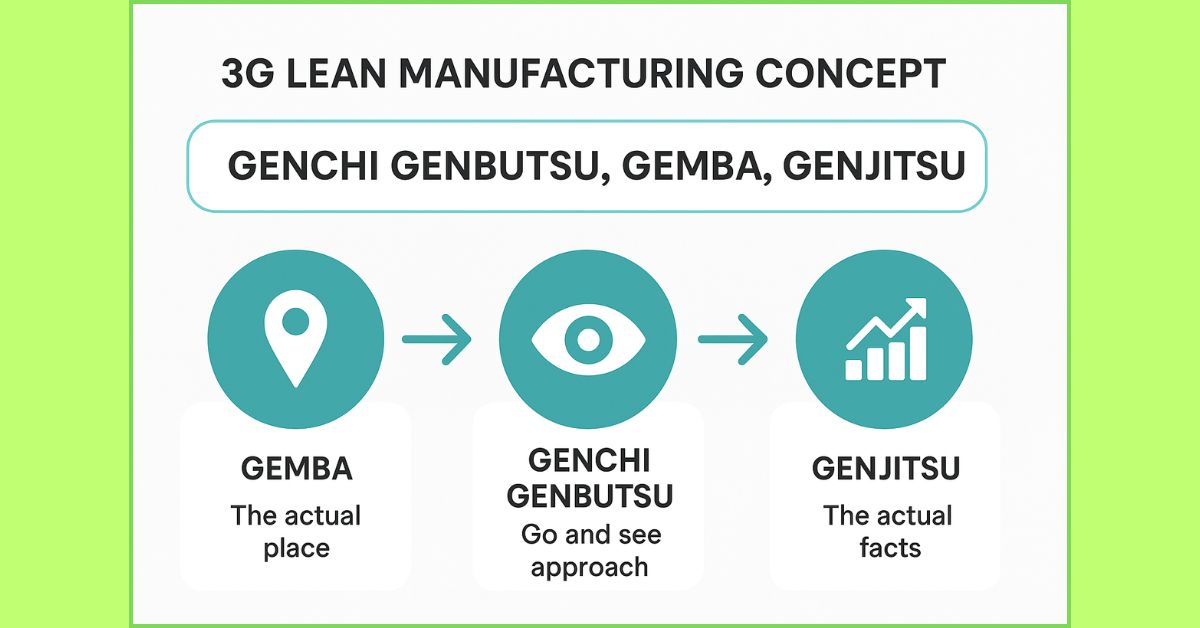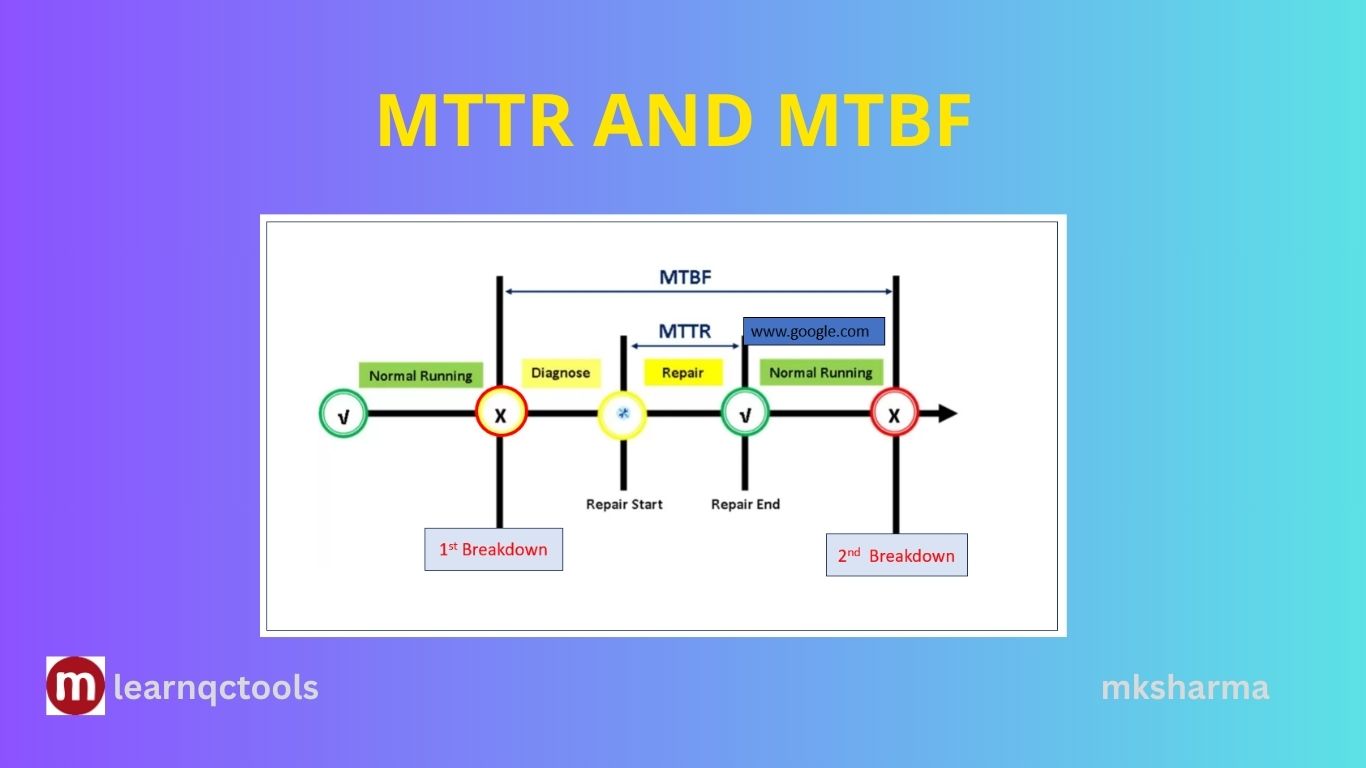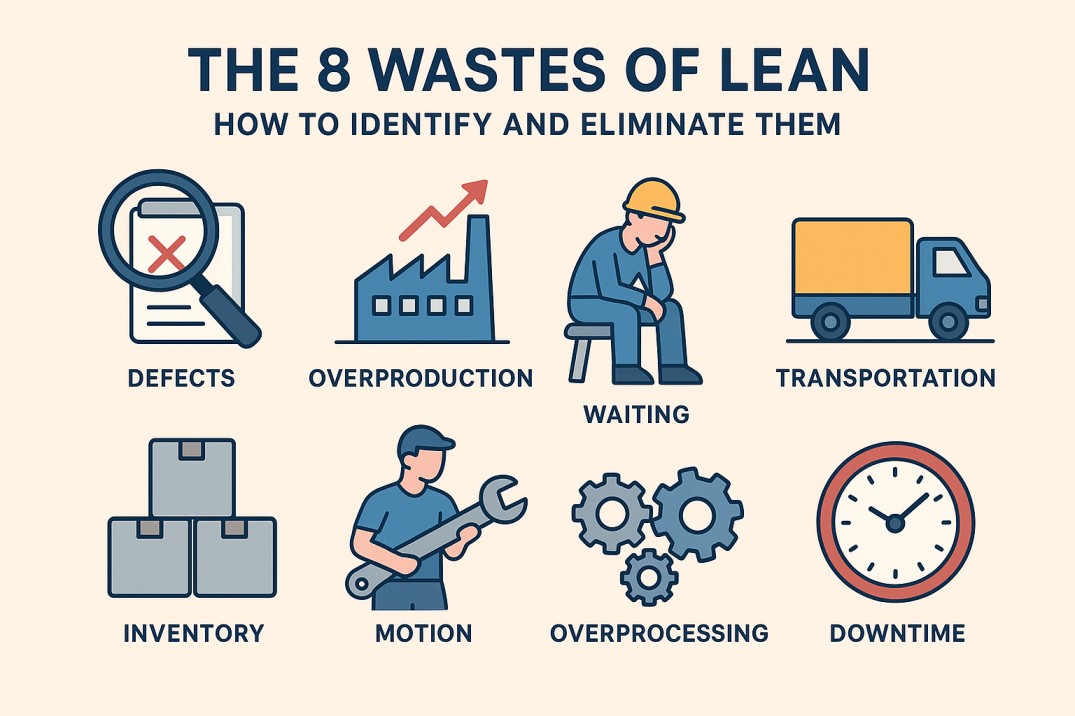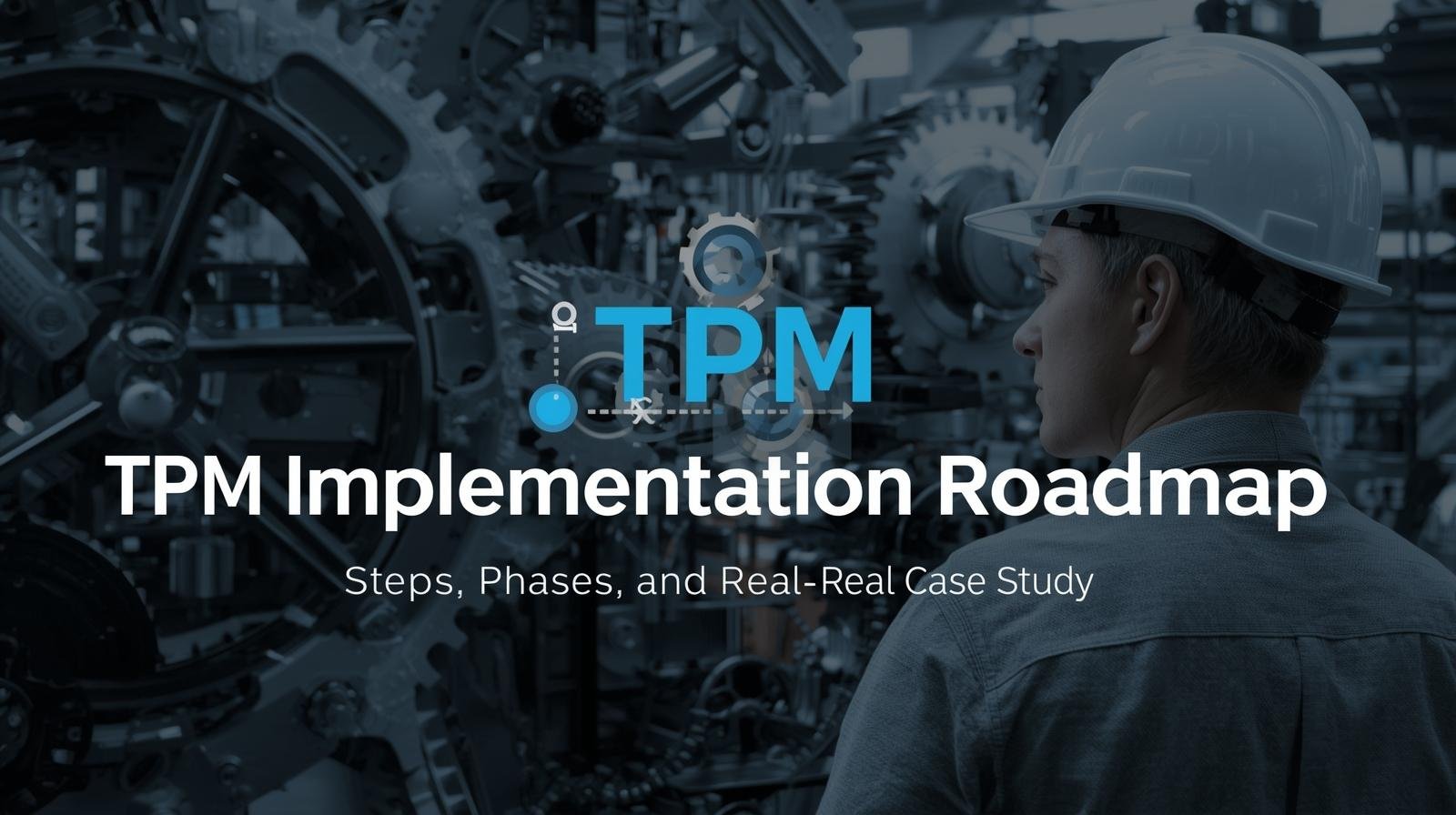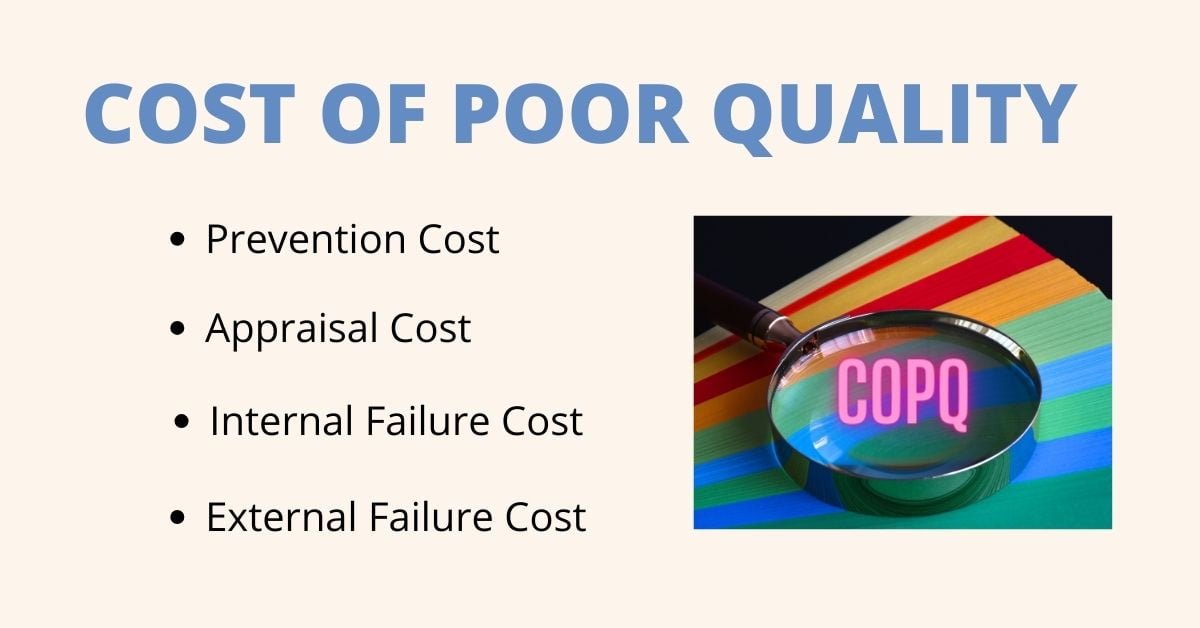How to Calculate OEE in Lean Manufacturing (Formula, Example & Guide)
Overall Equipment Effectiveness, commonly known as OEE, is one of the most important performance indicators used in Lean Manufacturing to measure how efficiently manufacturing equipment is utilised. OEE helps organisations identify losses, improve productivity, reduce downtime, and increase output without additional investment. In automotive, engineering, and process industries, OEE is widely used as a core … Read more


